"Hurricanes And Society In The British Greater Caribbean, 1624-1783" By Matthew Mulcahy
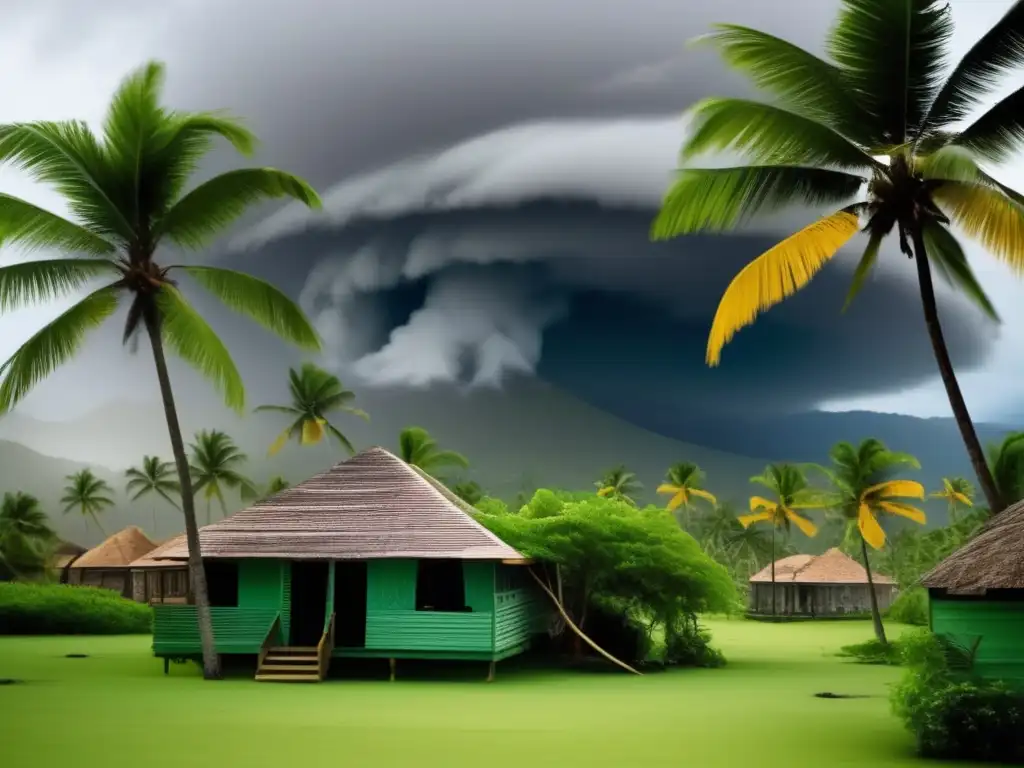
An In-Depth Literary Analysis of the Hurricane Book: "Hurricanes and Society in the British Greater Caribbean, 1624-1783" by Matthew Mulcahy
- Introduction
- Book Details
- How "Hurricanes and Society in the British Greater Caribbean, 1624-1783" by Matthew Mulcahy Portrays Hurricanes
- Key Aspects of "Hurricanes and Society in the British Greater Caribbean, 1624-1783" by Matthew Mulcahy
- Comparing "Hurricanes and Society in the British Greater Caribbean, 1624-1783" by Matthew Mulcahy to Other Hurricane Books
- Popular Opinion and Reception of "Hurricanes and Society in the British Greater Caribbean, 1624-1783" by Matthew Mulcahy
- Frequently Asked Questions
- Conclusion
Introduction
"Hurricanes and Society in the British Greater Caribbean, 1624-1783" is a book that focuses on the impact of hurricanes on the society in the British Greater Caribbean. The author, Matthew Mulcahy, delves into both the historical and literary aspects of hurricanes to create a comprehensive analysis of these natural disasters. In this article, we will explore how Mulcahy portrays hurricanes in his book and analyze its significance in the literary world of hurricane depictions.
Book Details
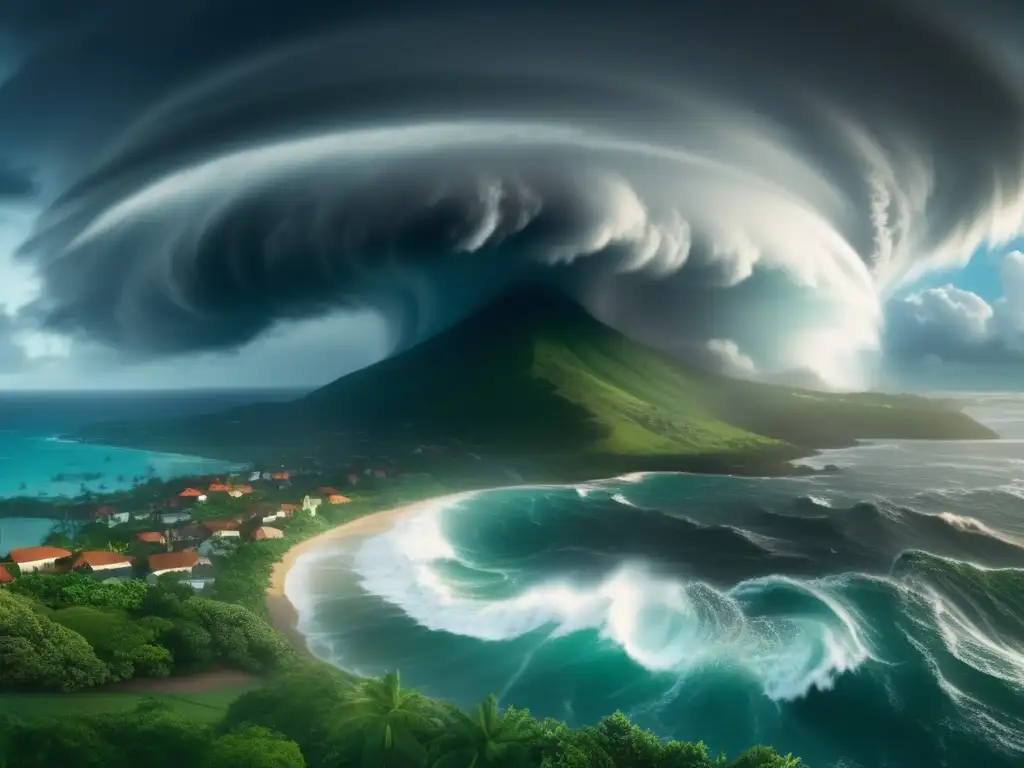
- Book Title: Hurricanes and Society in the British Greater Caribbean, 1624-1783
- Author: Matthew Mulcahy
- Genre: Non-Fiction
- Publication Year: 2006
- Publisher: The University of North Carolina Press
- Additional Interesting Facts: The book explores how hurricanes shaped the development of the British Greater Caribbean, including its economic, political, and social structures. It also highlights the role of slaves in hurricane response and reflects on the artistic representation of hurricanes in literature and visual art.
How "Hurricanes and Society in the British Greater Caribbean, 1624-1783" by Matthew Mulcahy Portrays Hurricanes
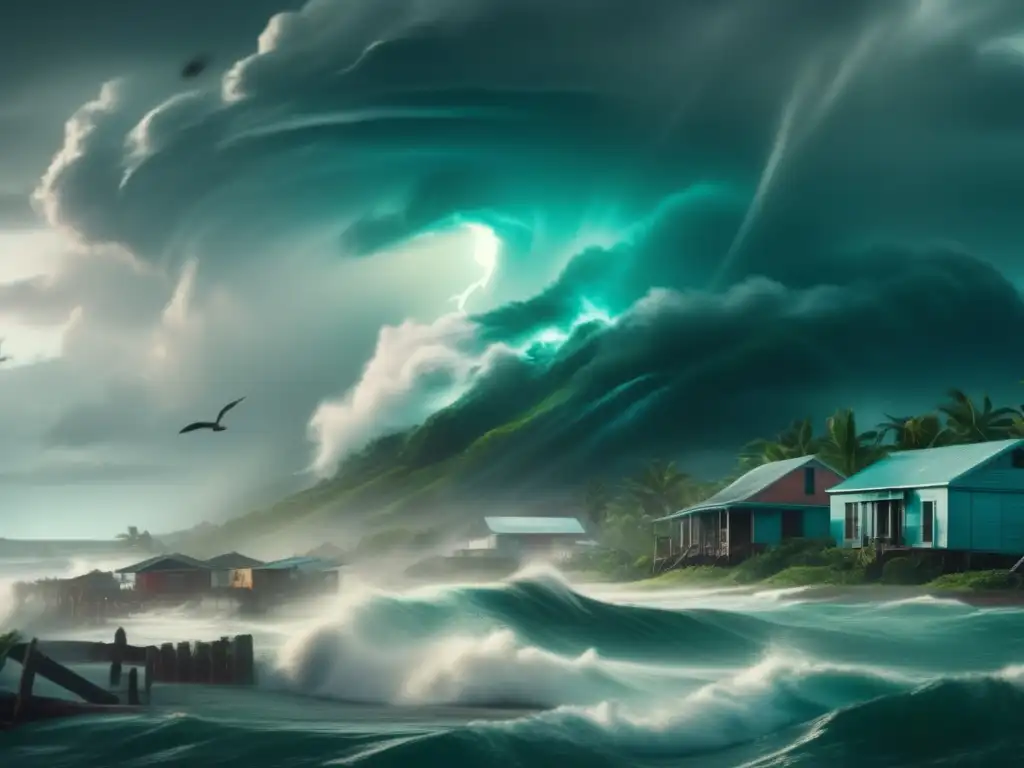
The Role of Hurricanes in the Narrative
Mulcahy uses hurricanes as a key component of the narrative, showing how these natural disasters had a significant impact on the British Greater Caribbean. He explores how hurricanes influenced the development of the society, shaping the economic structures, political systems, and social dynamics. Hurricanes are not just a backdrop for the narrative; they become central entities that both provoke and reflect the social changes in the region.
Symbolism of Hurricanes
Mulcahy uses hurricanes as symbols of both destruction and potential. Hurricanes evoke fear, uncertainty, and chaos, but they also represent an opportunity for change and growth. For example, he describes hurricanes as a necessary force that can reset the economic and social order, creating new opportunities for marginalized groups to assert their power or for the slave population to seek freedom. Hurricanes symbolize both danger and hope, reflecting the complex and often ambiguous nature of natural disasters.
Key Aspects of "Hurricanes and Society in the British Greater Caribbean, 1624-1783" by Matthew Mulcahy
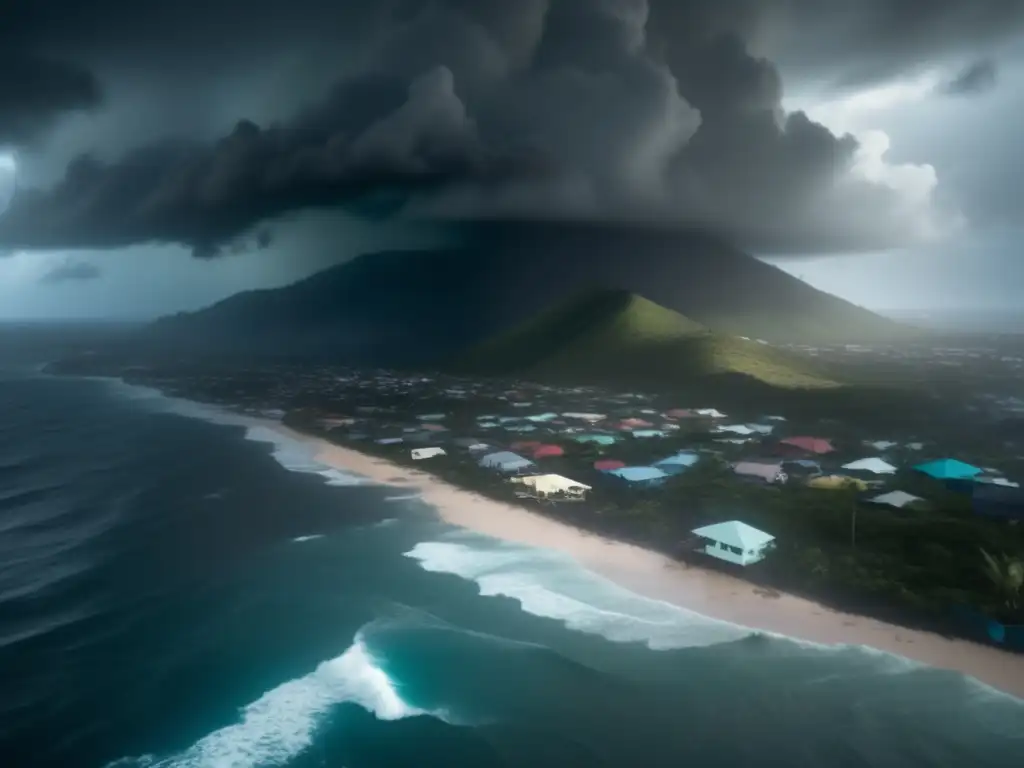
Storyline and Characters
The book does not follow a traditional narrative structure, as it is more focused on the historical and literary analysis of hurricanes. However, Mulcahy tells the story of the British Greater Caribbean through a series of case studies and historical examples. He introduces a wide range of characters, including planters, merchants, slaves, and politicians, all of whom are affected by hurricanes in different ways. Mulcahy uses these characters to illustrate how hurricanes had diverse impacts on the society, depending on one's social status, economic position, or political power.
Literary Techniques and Stylistic Devices
Mulcahy uses various literary techniques and stylistic devices to convey the complexity and diversity of hurricanes. He employs a mix of historical research, literary critique, and cultural analysis to create a multifaceted representation of hurricanes. Mulcahy uses vivid descriptions, powerful metaphors, and striking imagery to evoke the emotional and cultural impact of hurricanes. He also employs techniques such as intertextuality, allusion, and parody to connect his analysis to other literary works that deal with hurricanes.
Realism and Accuracy
Mulcahy's book is based on extensive historical research and aims to provide an accurate portrayal of hurricanes in the British Greater Caribbean. He draws on a wide range of sources, including diaries, letters, newspapers, and official reports, to reconstruct the social and cultural context of hurricanes. Mulcahy also acknowledges the limitations of his research and the challenges of recreating the historical experience of hurricanes. However, by combining empirical evidence with literary analysis, he presents a compelling and insightful account of hurricanes in the region.
Comparing "Hurricanes and Society in the British Greater Caribbean, 1624-1783" by Matthew Mulcahy to Other Hurricane Books
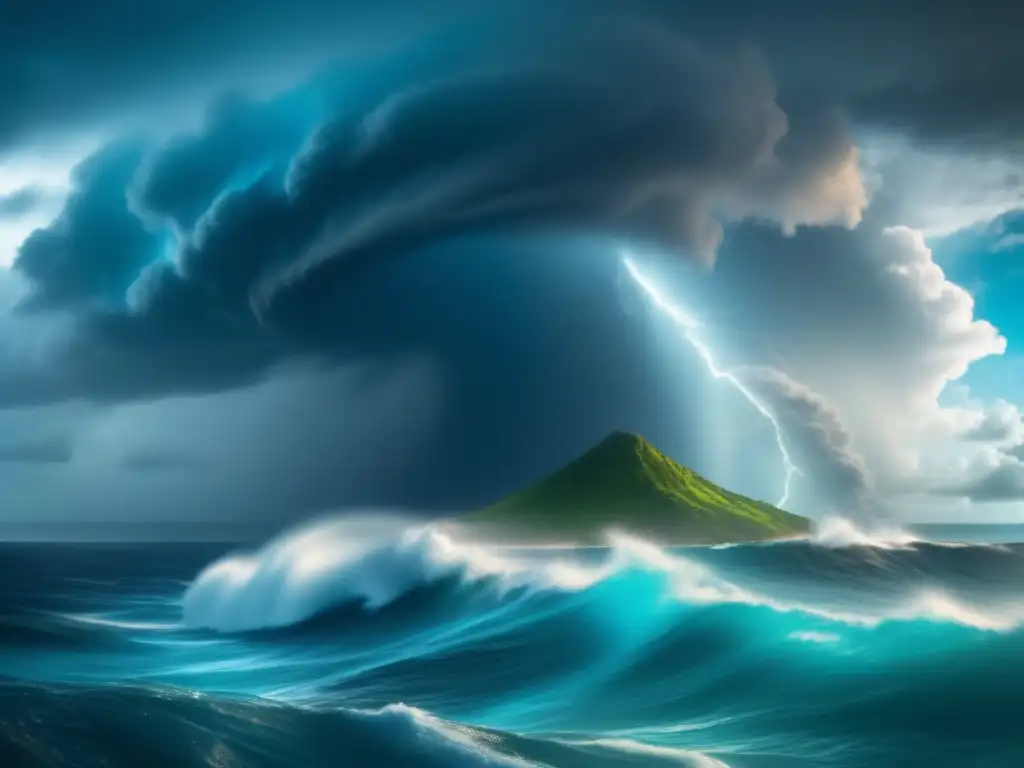
"The Storm" by Kate Chopin
"The Storm" is a short story that is often regarded as one of the most powerful depictions of a hurricane in literature. Although it is set in Louisiana rather than the British Greater Caribbean, it shares some similarities with Mulcahy's book in terms of its focus on the emotional and social impacts of hurricanes. However, unlike Mulcahy's book, which takes a historical and analytical approach, "The Storm" is more concerned with individual emotions and relationships. While both works use hurricanes as a symbol of change, they do so in very different ways.
"Isaac's Storm: A Man, a Time, and the Deadliest Hurricane in History" by Erik Larson
"Isaac's Storm" is a non-fiction book that tells the story of the 1900 Galveston Hurricane, which is considered one of the deadliest hurricanes in history. Although it is set in a different time and place than Mulcahy's book, it shares some similarities in terms of its focus on the human experience of hurricanes. However, unlike Mulcahy's book, which analyzes the broader social, political, and economic impacts of hurricanes, "Isaac's Storm" is more focused on the personal experiences of those who lived through the storm.
Popular Opinion and Reception of "Hurricanes and Society in the British Greater Caribbean, 1624-1783" by Matthew Mulcahy
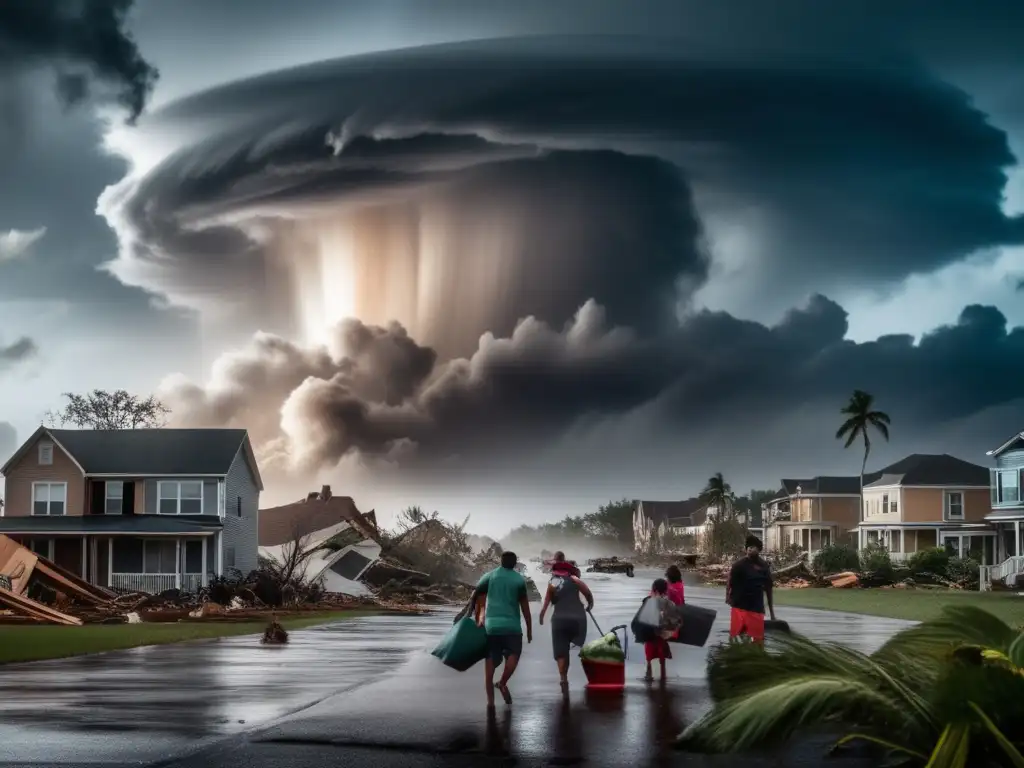
"Hurricanes and Society in the British Greater Caribbean, 1624-1783" has received widespread critical acclaim for its innovative approach to hurricane depictions. The book has been praised for its historical research, literary analysis, and cultural critique, as well as its accessibility and readability. Mulcahy has been lauded for his ability to blend empirical evidence with literary interpretation, creating a compelling and insightful portrait of hurricanes in the region. The book has won several awards, including the John Hope Franklin Publication Prize in 2007.
Frequently Asked Questions
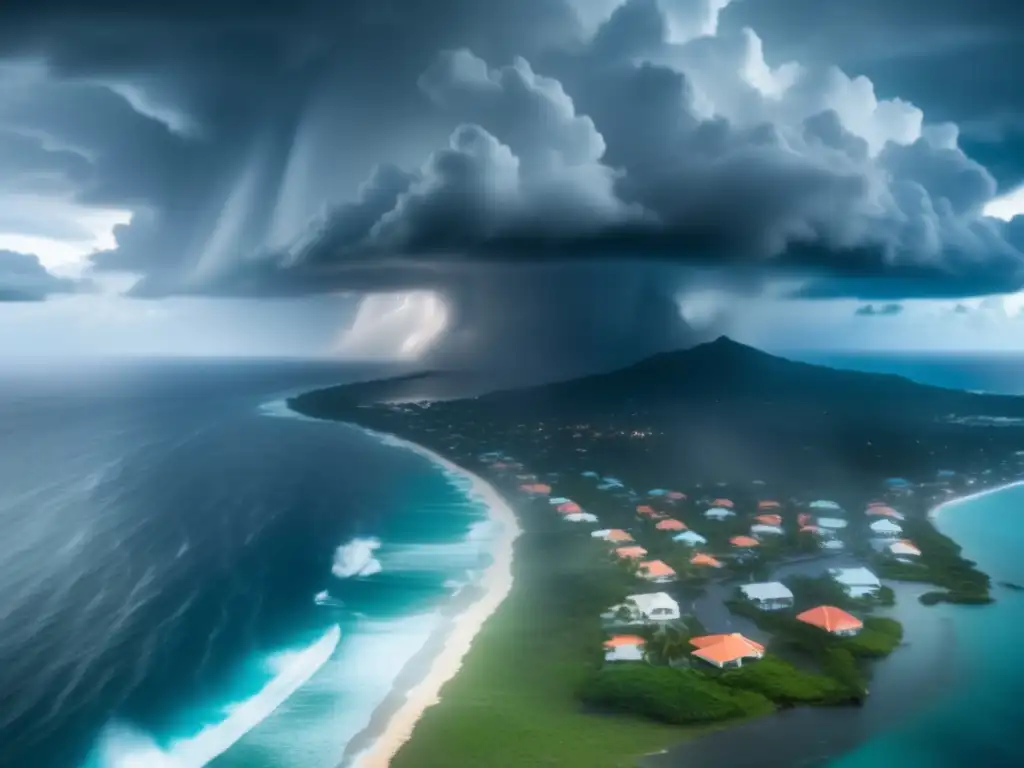
-
What makes "Hurricanes and Society in the British Greater Caribbean, 1624-1783" different from other books about hurricanes?
Mulcahy's book stands out for its interdisciplinary approach, combining historical research, literary analysis, and cultural critique. He uses hurricanes as a lens through which to examine the society and culture of the British Greater Caribbean, providing a unique and insightful perspective on these natural disasters.
-
What can we learn about hurricanes from "Hurricanes and Society in the British Greater Caribbean, 1624-1783"?
The book teaches us that hurricanes are not just natural disasters; they are also social, cultural, and political phenomena. Hurricanes have shaped the development of the British Greater Caribbean in profound ways, influencing its economy, politics, and culture. By understanding the historical and literary dimensions of hurricanes, we can better appreciate their significance in our lives.
-
Who should read "Hurricanes and Society in the British Greater Caribbean, 1624-1783"?
The book will appeal to both scholars and general readers who are interested in hurricanes, history, literature, and cultural studies. It is written in an accessible style and does not require prior knowledge of the subject matter.
-
How does "Hurricanes and Society in the British Greater Caribbean, 1624-1783" relate to current discussions about climate change and hurricanes?
The book provides historical and literary context for the ongoing debates about the relationship between climate change and hurricanes. By examining how hurricanes have impacted the society and culture of the British Greater Caribbean in the past, Mulcahy helps us understand the complex and dynamic nature of the relationship between human activities and natural disasters.
-
What is the significance of hurricanes in literature and culture?
Hurricanes have been a popular subject in literature and culture for centuries, reflecting their powerful impact on human lives and societies. Through novels, poetry, visual art, and music, hurricanes have been depicted as symbols of destruction, renewal, and transformation. They have also been used to explore themes such as social justice, environmental ethics, and human resilience.
Conclusion
"Hurricanes and Society in the British Greater Caribbean, 1624-1783" is a groundbreaking book that offers a unique perspective on hurricanes and their impact on human societies. Mulcahy's interdisciplinary approach combines historical research, literary analysis, and cultural critique to create a comprehensive and insightful account of hurricanes in the British Greater Caribbean. His book reminds us of the complexity and diversity of hurricanes as both natural phenomena and cultural artifacts. By understanding the historical and literary dimensions of hurricanes, we can better appreciate their significance in our lives and the importance of preparing for them.
We encourage our readers to share their thoughts on this book and to engage with hurricaneinsider.org by subscribing, sharing the article on social media, or contacting us for further discussions or inquiries.
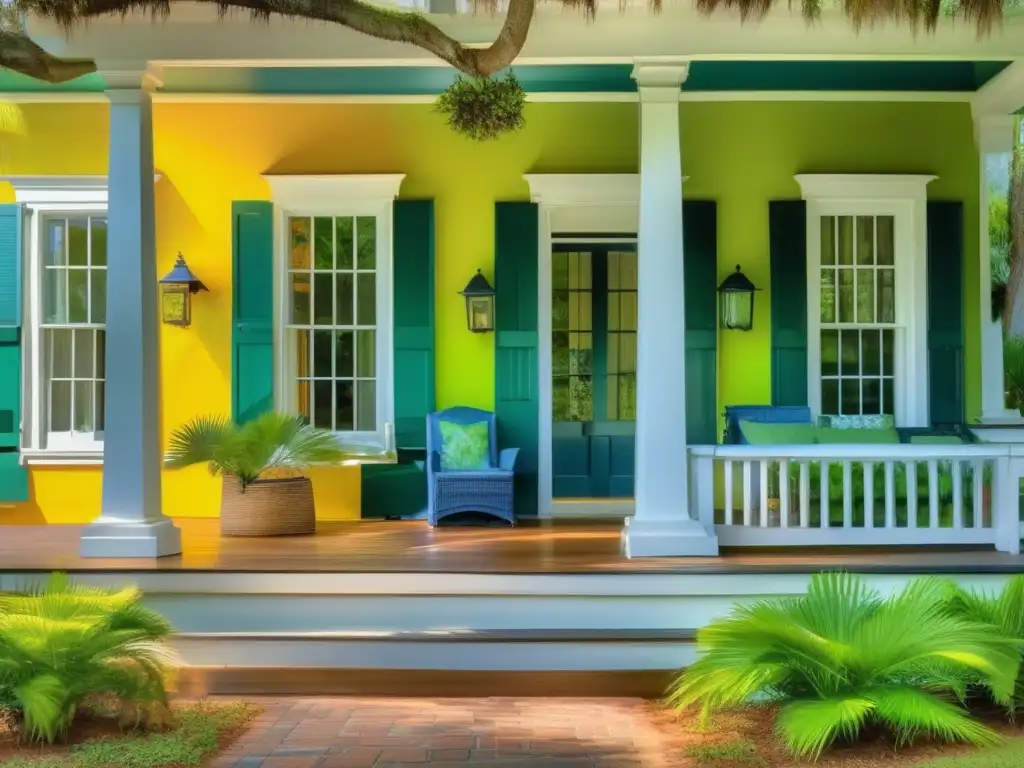 "The Hurricane Sisters" By Dorothea Benton Frank
"The Hurricane Sisters" By Dorothea Benton Frank "Come Hell Or High Water: Hurricane Katrina And The Color Of Disaster" By Michael Eric Dyson
"Come Hell Or High Water: Hurricane Katrina And The Color Of Disaster" By Michael Eric Dyson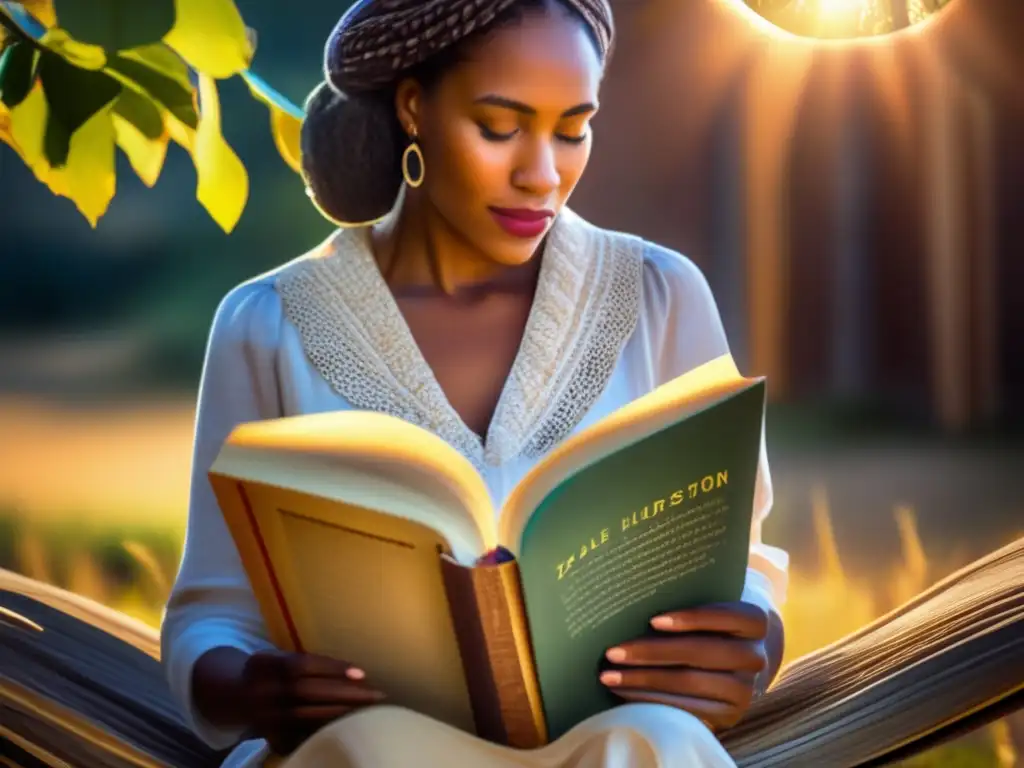 "Their Eyes Were Watching God" By Zora Neale Hurston
"Their Eyes Were Watching God" By Zora Neale HurstonIf you want to discover more articles similar to "Hurricanes And Society In The British Greater Caribbean, 1624-1783" By Matthew Mulcahy, you can visit the Books about Hurricanes category.
Leave a Reply

Articulos relacionados: